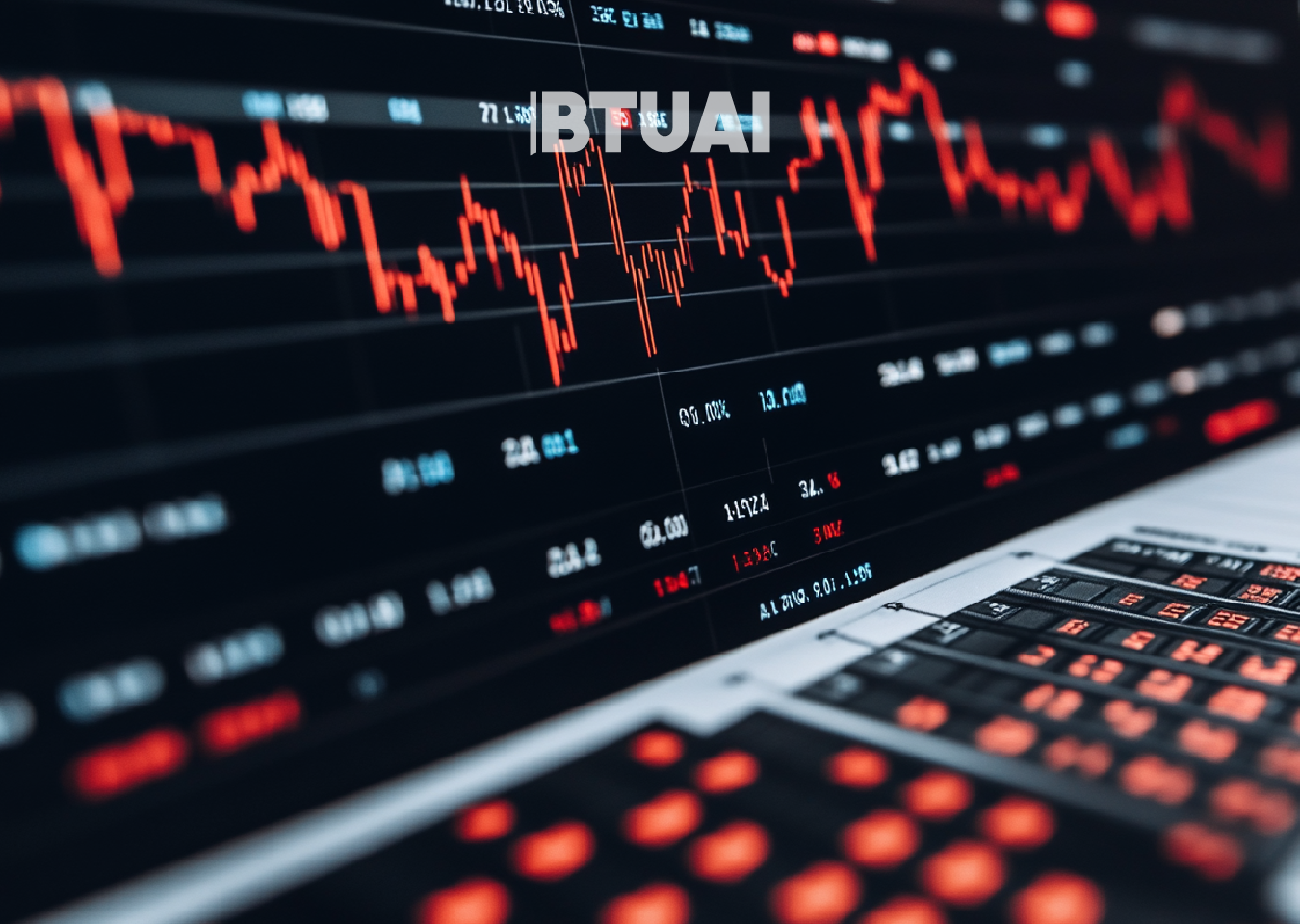2024: Which Sectors Are Attracting the Most Investment in Georgia?
In 2024, Foreign Direct Investment (FDI) in Georgia reached $1,334 million, marking nearly a 30% decline compared to the

In 2024, Foreign Direct Investment (FDI) in Georgia reached $1,334 million, marking nearly a 30% decline compared to the previous year. While the overall decrease might initially appear concerning, a closer look reveals a more nuanced story about shifting investor priorities, sector dynamics, and future economic implications.
The finance and insurance sector continued to dominate, attracting approximately $527 million, almost 40% of total foreign direct investments. Despite a year-on-year reduction, this sector remains Georgia’s most consistent magnet for FDI, underscoring the robustness and credibility of the country’s financial institutions. International investors seem especially confident in Georgia’s stable banking system and its potential as a regional financial hub, reflecting broader confidence in the country’s regulatory environment and financial resilience.
Manufacturing ranks second, with investments reaching around $170 million in 2024. Though lower than previous years, manufacturing maintains its significance due to its potential to provide long-term economic benefits, such as job creation and industrial diversification. The declining numbers, however, could signal underlying challenges, including outdated infrastructure or workforce skills gaps, areas that require targeted policy responses to maintain competitiveness.
Real estate emerged as the third-most attractive sector, pulling in around $155 million. This steady flow of capital primarily targets commercial and tourism-related infrastructure. While the sector’s resilience highlights Georgia’s attractiveness as a tourism and business destination, the relatively lower investment in residential developments suggests a potential gap in balanced urban development and infrastructural growth.
Another notable sector is energy, attracting about $127 million in 2024. Investments here are traditionally volatile, tied heavily to large-scale hydropower projects. Recently, a slowdown in hydropower development—partly due to environmental and social concerns—has reduced overall inflows. Yet, renewable energy retains substantial growth potential, particularly given rising global emphasis on sustainability. Future investments will likely depend heavily on regulatory stability and government incentives promoting greener, sustainable energy solutions.
Interestingly, although overall FDI declined significantly, reinvestment remained strong at $1.17 billion, constituting approximately 88% of total investments in 2024. This high reinvestment rate suggests that existing investors still recognize the profit-making opportunities in Georgia, opting to reinvest profits into ongoing business ventures rather than distribute dividends or seek opportunities elsewhere. Conversely, the sharp decline in equity capital (down 60%) reflects a cautious or hesitant approach among new investors, indicating possible uncertainties about market conditions or broader geopolitical factors.
Investments in transportation ($97 million) and trade ($80 million) also stood out, driven by strategic projects, such as port expansions and logistics hub developments, reaffirming Georgia’s role as a critical trade corridor in the region. These sectors, closely linked to Georgia’s geographic position, reflect long-term regional economic strategies focused on strengthening connectivity and trade.
Looking forward, Georgia faces a crucial juncture. Continued reliance on traditional sectors like finance and real estate is reassuring in terms of stability, but sustainable economic growth will depend significantly on how effectively Georgia can diversify into technology-driven sectors, advanced manufacturing, and renewable energy. Encouraging innovation, modernizing infrastructure, and strategic skill-building initiatives will be vital to maintaining Georgia’s appeal to foreign investors and bolstering the resilience and dynamism of the national economy.




